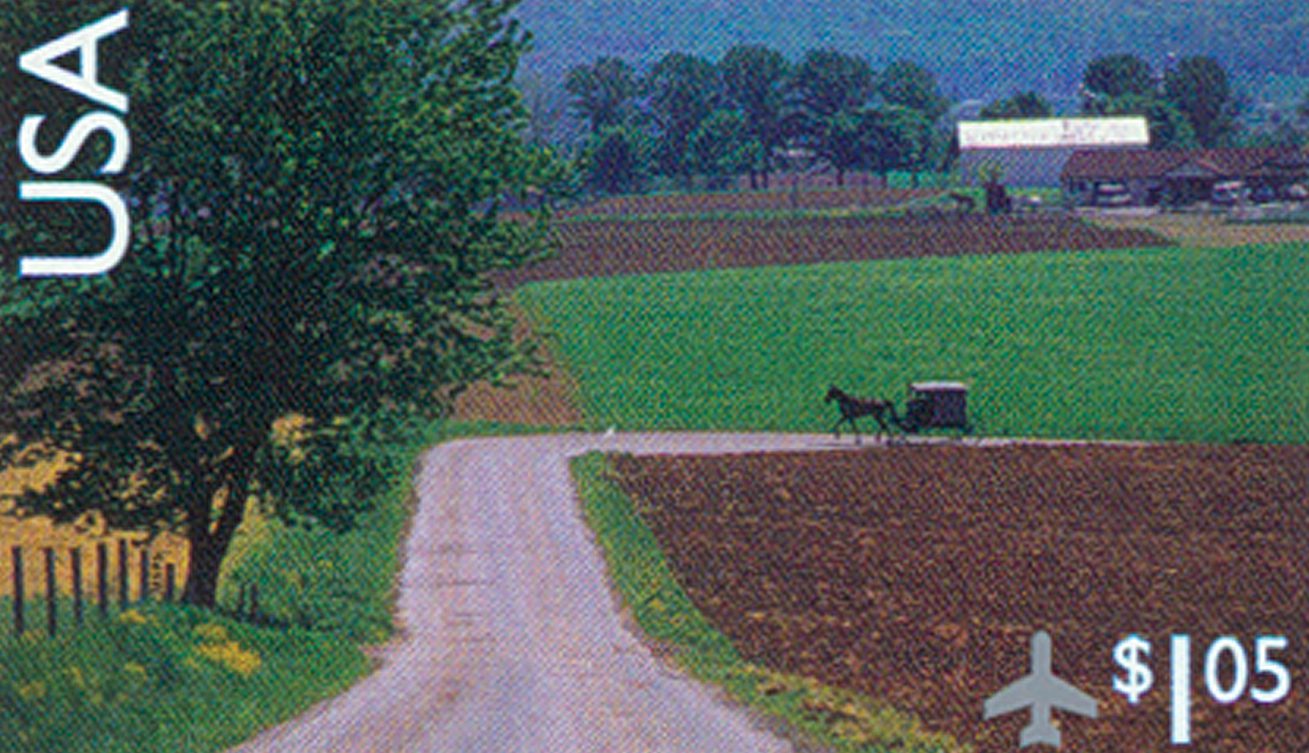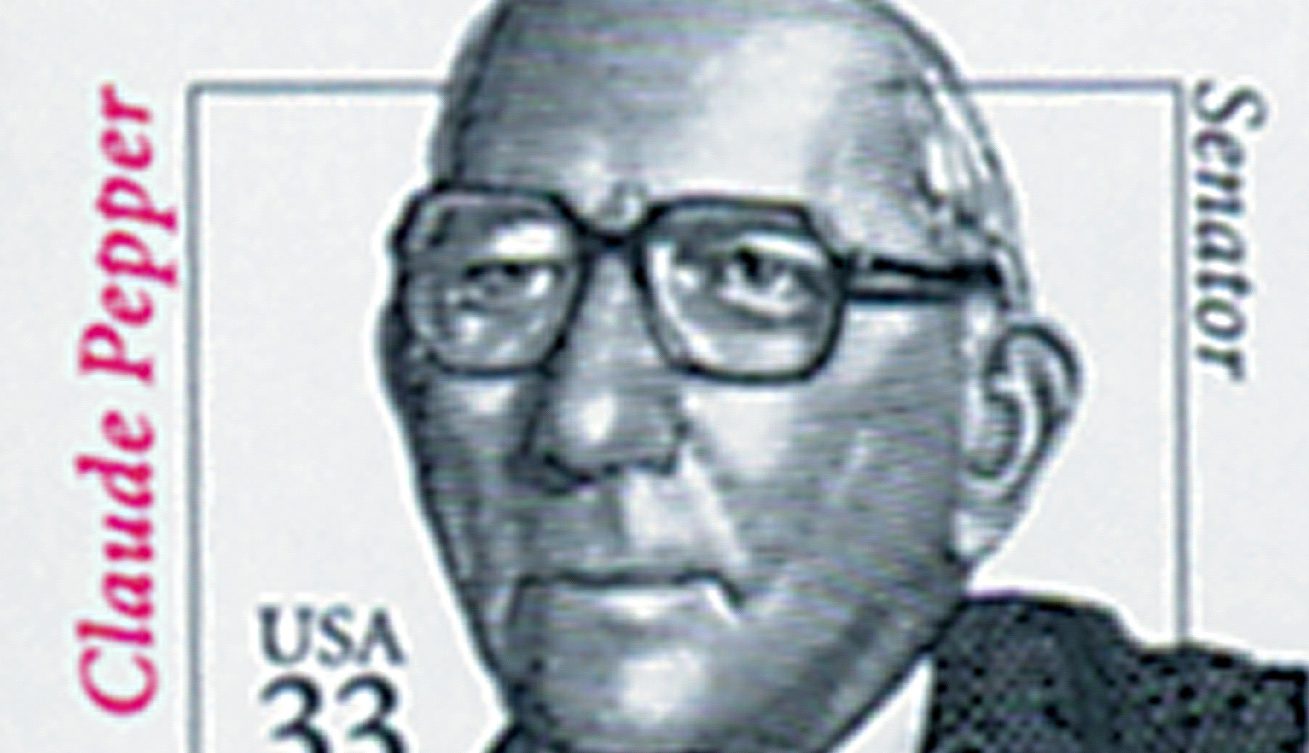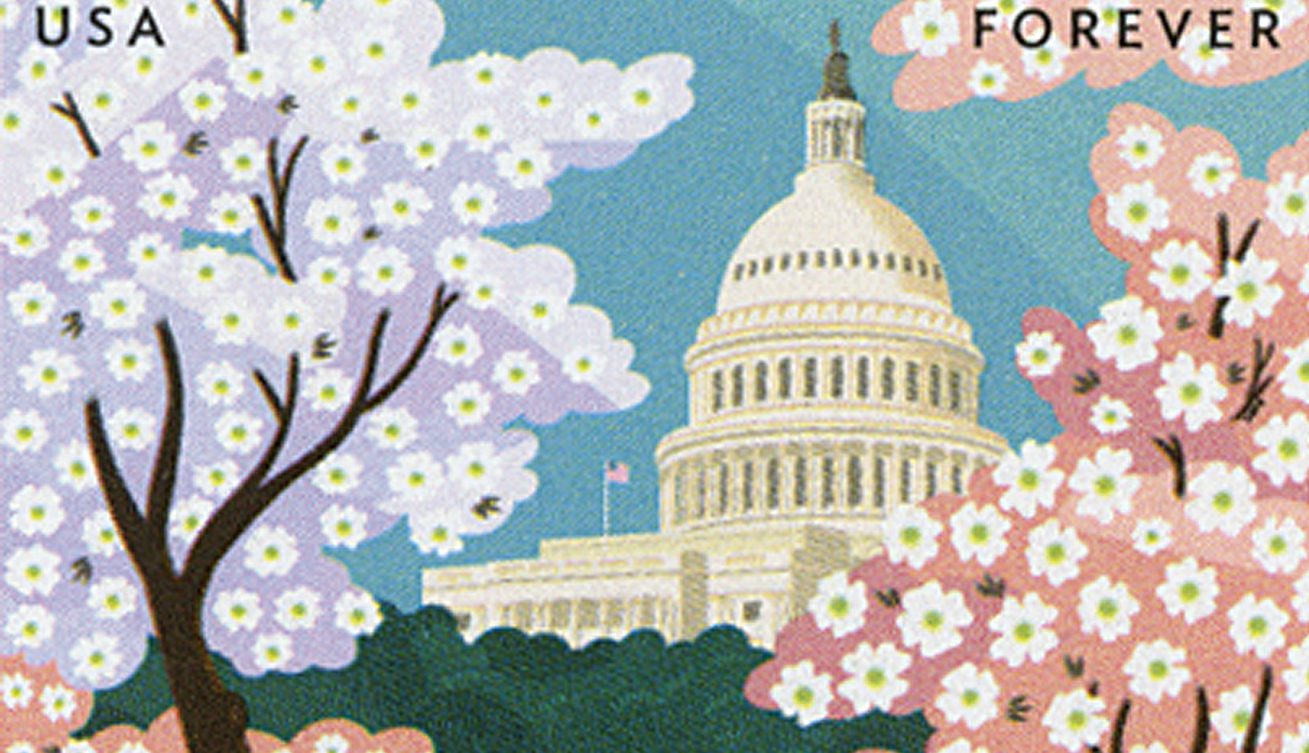Dedication of the Hoover Dam
On September 30, 1935, President Franklin Roosevelt presided over the dedication ceremony of the Boulder Dam. Later renamed the Hoover Dam, it’s one of the highest concrete dams in the world.

On September 30, 1935, President Franklin Roosevelt presided over the dedication ceremony of the Boulder Dam. Later renamed the Hoover Dam, it’s one of the highest concrete dams in the world.

On September 27, 1777, Lancaster, Pennsylvania served as the nation’s capital for a single day. During and after the Revolutionary War, the nation’s capital changed several times before settling in Washington, DC in 1800.

On September 26, 1960, John F. Kennedy and Richard Nixon took part in America’s first televised debate, which revealed just how important this growing medium would be on future politics.

America’s longest-serving chief justice of the Supreme Court, John Marshall, was born on September 24, 1755, in Germantown, Virginia.

Hungarian lawyer, statesman, and Governor-President Lajos Kossuth was born on September 19, 1802, in Monok, Kingdom of Hungary. Working for the independence of Hungary from the Austro-Hungarian Monarchy, he gained international acclaim and respect as a freedom fighter.

On September 12, 1962, President John F. Kennedy delivered one of his most famous and stirring speeches, to generate support for the Apollo program.

On September 9, 1850, California became America’s 31st state. The discovery of gold there two years earlier created a population boom that led to the need for a state government.

Claude Denson Pepper was born on September 8, 1900, in Chambers County, Alabama. Representing Florida in the House and Senate for over 40 years, he was instrumental in the passage of numerous important bills.

On September 5, 1905, President Theodore Roosevelt mediated the Treaty of Portsmouth, ending the Russo-Japanese War. It earned him a Nobel Prize and began a long-standing tree-giving tradition between the US and Japan.